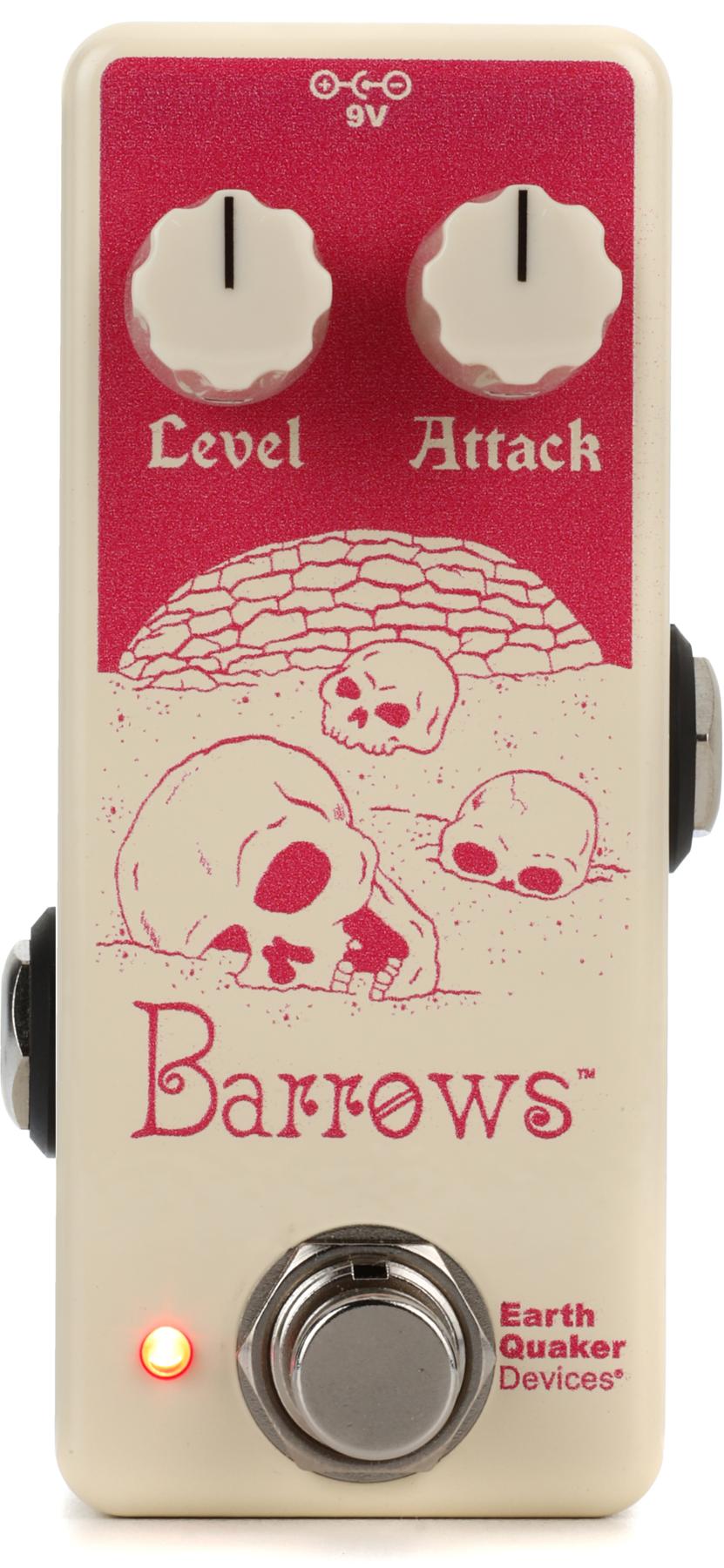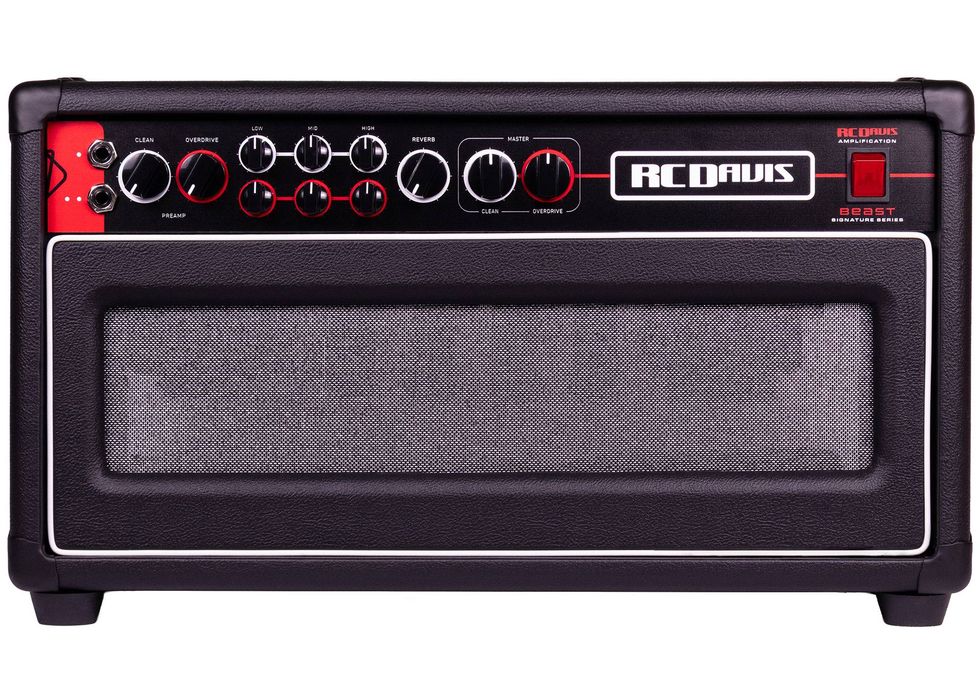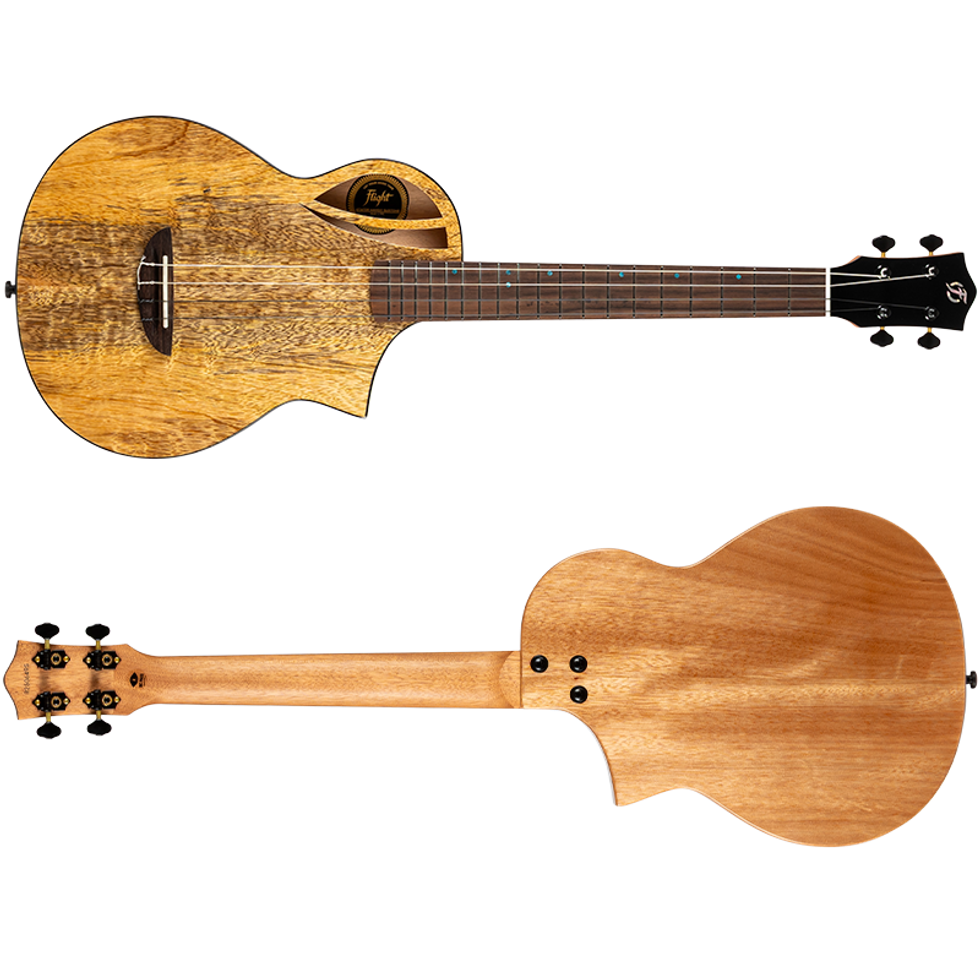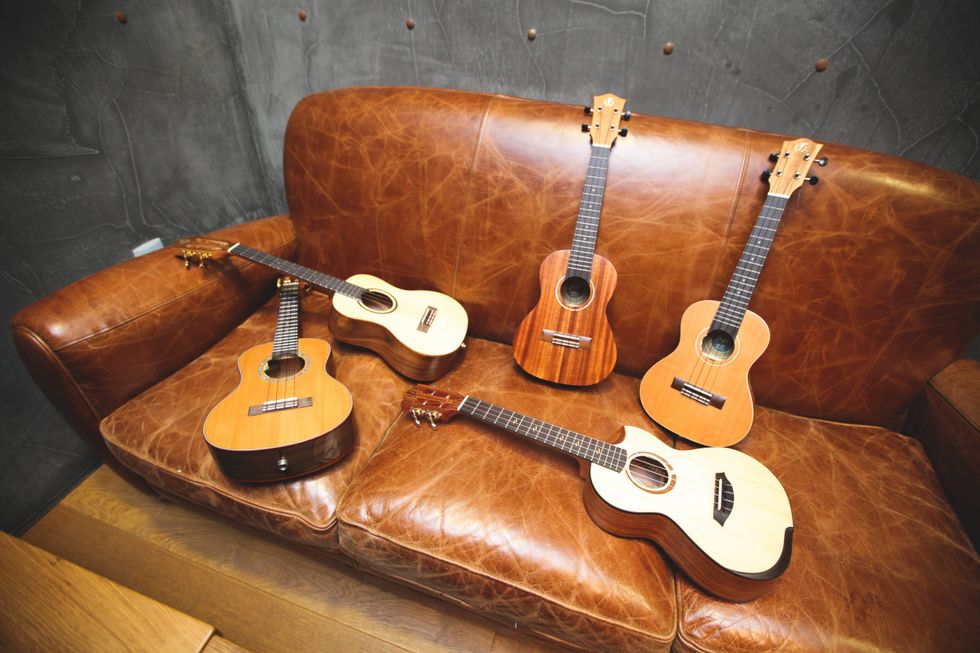Welcome to part four and the completion of this restoration project, featuring a ‘59 Gibson Les Paul TV model.
In last month’s issue I had finally completed excavating this very thick, non-original white topcoat, revealing the original, nicely aged finish, “TV Yellow”. It was a process that literally took several weeks, and was possible by using a variety of techniques, chemicals, dental instruments and plenty of patience.  Electronic Installation
Electronic Installation
The volume/tone potentiometers, output jack, and P-90 pickup were remounted. I was very careful not to damage the Bumble Bee cap, as the core wire was not very flexible. Before you begin to solder, it is a good idea to protect the control pocket walls from iron burns by using a heat resistant insulation and covering the top back surface of the instrument with a leather skirt to avoid finish damage by hot solder splattering.
The pickup hot/shielding and chassis ground were resoldered to the pot. I wanted to make sure to mimic the bead size and tone of the solder as Gibson would have done originally at the factory in ‘59.  Full Set-Up
Full Set-Up
Once all the hardware was installed, I began to clean up the fingerboard with 0000 steel wool. This is only to remove all the grime buildup; like all other procedures, this should always be authorized by the customer first. Some people find a comfort zone in years of personal dirt buildup on their instrument.
The next step was to condition the wood with our BGF Guitar Elixir. Make sure to leave it on for twenty minutes to get the full benefits. While the elixir is on, I like to take a plastic toothpick and loosen up the remaining dirt along the edge of where the fingerboard and fret crown meet. Gibson guitar polish seems to work well for removing dirt from the wraparound bridge without altering the old sheen like metal polishes do.
Finally, the guitar was ready for strings. A set of 10s (the customers choice) will help bring out the heart and soul of this instrument. When it comes to adjustments and working with the original frets without any fret leveling, I try to have a minimal amount of neck relief without the annoying fret buzz around the 5th position. Between the bottom surface of the high E string and the top of the twelfth fret crown, it measures 2/32” and the low E measures 5/64”. This guitar plays well at these adjustments; it has wonderful acoustic resonance and it even sounds sweeter through an amp! After all the hard work, this guitar is now truly vintage!  You can view past topics on “Restoring an Original” at premierguitar.com or brownsguitarfactory.com
You can view past topics on “Restoring an Original” at premierguitar.com or brownsguitarfactory.com
NAMM 2007
I will be attending the NAMM Show, January 18 - 21, in Anaheim, CA, displaying our new designed Fretted/Less bass guitar. Kahler International has selected our instrument, which will be equipped with their 2400 series bass tremolo, for viewing at Kahler’s booth #5727, Hall B. Please introduce yourself and take a look at Gary Kahler’s products and the BGF Fretted/ Less bass.
See ya there!
- John
John Brown, of Brown''s Guitar Factory, is the inventor of the Fretted/Less bass.He owns and operates a full guitar manufacturing and repair/restoration facility, which is staffed by a team of talented luthiers. He is also the designer of guitar making/repair tools and accessories that are used today by instrument builders throughout the world.
www.brownsguitarfactory.com
info@brownsguitarfactory.com




















